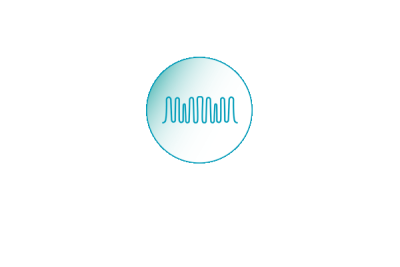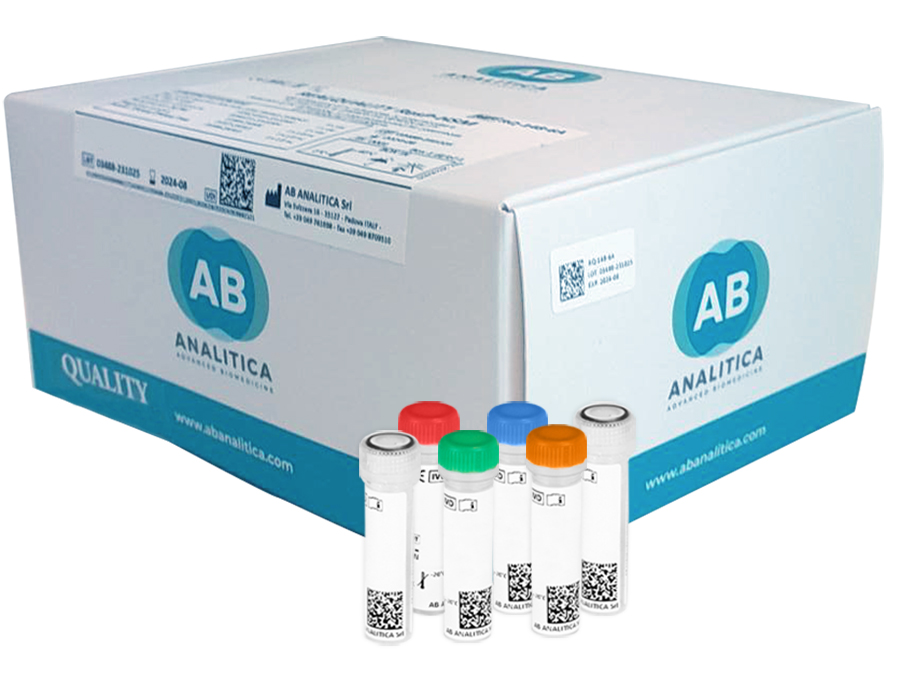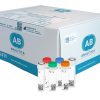Description
The REALQUALITY P-InFLU is an IVD for the identification of Parainfluenza 1, Parainfluenza 2, Parainfluenza 3 and/or Parainfluenza 4 in respiratory samples from patients with signs and symptoms of respiratory infection by Real-Time PCR.
Product Characteristics
- The device is validated on RNA extracted from various samples types
- The assay requires only 5 µL of RNA extracted
- Validated on main Real time PCR instruments
- The automatic format of the assay can be used used on GENEQUALITY® automatic platforms
- Easy interpretation of results with AB Genius Report software
Kit content
Kit content:
- Freeze-dried reagents for real time PCR amplification
- Extraction control (freeze-dried)
- Positive control (freeze-dried)
- Negative control
- Rehydration Buffer (solution to reconstitute the freeze-dried products)
- Water RNAse/DNAse free
Further Information
Human parainfluenza viruses (HPIV) can infect individuals of any age group with a wide variety of clinical manifestations, including the common cold, croup, bronchiolitis, and pneumonia. HPIVs are enveloped viruses with an unsegmented, negative, single-stranded RNA genome that belong to the family Paramyxoviridae and include four serotypes and two subtypes (1, 2, 3, 4a, and 4b). In general, HPIV infection is associated with all types of respiratory tract disease, including the common cold, (croup), tracheobronchitis, bronchiolitis, and pneumonia, in both children and adults. HPIV-1 and HPIV-2 are responsible for approximately 60%-75% of cases of croup in young children. HPIV-2 is not as common as other serotypes and infects children between the ages of 2 and 5. HPIV-3 mainly causes bronchiolitis and pneumonia in the first year of life. HPIV-4 is the least common serotype and affects older children.
Lung epithelial cells in the respiratory tract are the initial target of HPIVs.
The parainfluenza family are transmitted by direct person-to-person contact through large respiratory droplets and contact with objects contaminated by respiratory secretions. After initial exposure to the virus, clinical symptoms typically develop after an incubation period of 2 to 6 days. Initial parainfluenza infection typically occurs in early childhood, most commonly in children younger than 5 years of age.
Ordering Information
| Code | Product | PKG |
|---|---|---|
| RQ-142-4A | REALQUALITY P-InFLU - Manual and automatic format | 48 tests |








